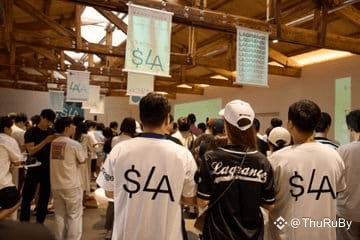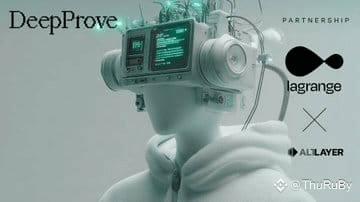Why do we keep hearing about bridge exploits, missing funds, and “unverified” transactions? 🤔
I had the same question… until I looked into @Lagrange Official .
Instead of trusting random intermediaries to pass information between chains, Lagrange flips the model:
Don’t trust — prove.
The #lagrange $LA network is essentially a verifiable data highway for Web3. Every transaction, every data request that moves between chains isn’t just transferred — it’s mathematically proven to be correct before it arrives.

Why does this matter?
For DeFi, it means lending platforms can pull price feeds or liquidity data from other chains without fearing manipulation.
For GameFi, it means player stats and asset ownership can be verified across multiple game worlds instantly.
For multi-rollup ecosystems, it means composability without fragility.
The $LA token is what keeps this highway running — rewarding validators who prove data, securing the network, and making sure no single party can dominate the flow of information.
Here’s the bigger picture:
We’re heading into a multi-chain reality. Solana, Ethereum L2s, Cosmos chains — they’ll all need to talk to each other seamlessly. And without a layer like Lagrange, that conversation will always be prone to lies, delays, and attacks.
In a way, Lagrange reminds me of how SSL certificates transformed the early internet. Before SSL, you couldn’t be sure the website you were visiting was legit. After SSL, trust became default. Lagrange is doing the same for cross-chain data.
If you’re building or investing in Web3 and ignoring verifiable computation, you’re betting against the very fabric of the future. And #lagrange $LA might be the fabric holding it all together.



